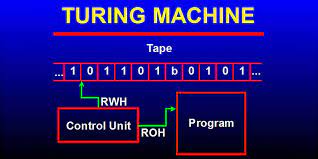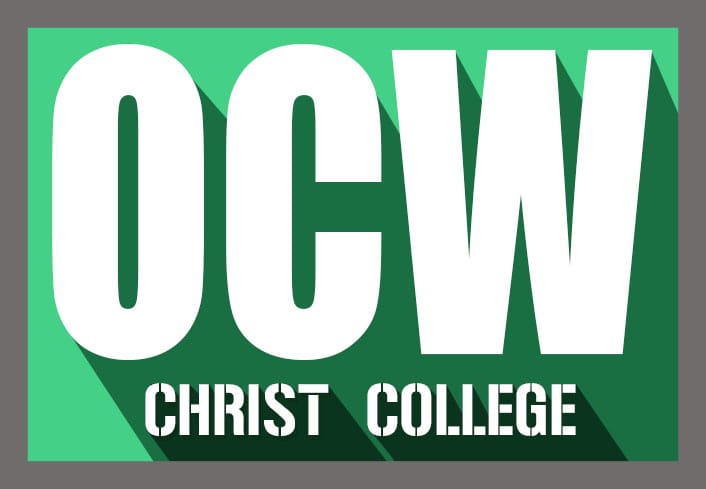
TURING MACHINE AND PARSING
TURING MACHINE AND PARSING Technology Code : CCTMP01View Syllabus Enquiry
| Course Name | TURING MACHINE AND PARSING |
| Course Subject | TURING MACHINE AND PARSING |
| Course Code | CCTMP01 |
| Course Coordinator | Ms Priyanga K K |
| Course Category | Technology |
About Course
The goal of this course is primarily enabling students to study various types of turing machines and different parsing techniques. This help us to learn various techniques used in parsing.This provide an insight to different kinds of recursive languages. It also provide basic results on computability, including undecidable problems such as the halting and Post correspondence problems, and their significance. It also deals with the study the basics of intractability and also connections between theoretical results and topics in practical software development, such as Turing machine and parsing. It also helps to improve programming skills, with emphasis on connections between theoretical results and practical software. A Turing machine is a mathematical model of computation that defines an abstract machine that manipulates symbols on a strip of tape according to a table of rules. Despite the model's simplicity, given any computer algorithm, a Turing machine capable of simulating that algorithm's logic can be constructed. Parser is that phase of compiler which takes token string as input and with the help of existing grammar, converts it into the corresponding parse tree. Parser is also known as Syntax Analyzer
Prerequisites
Basic knowledge in Mathematics, Data Structures and Programming Logic.
Outcomes
After completion of this course, the student should be able to:
1. * Explain, Differentiate and manipulate the different concepts in Turing machine,parsing
2. * Explain the power and the limitations of parsing
3. * Design Determinstic and Non deterministic turing machine
4. * Describe the language accepted by a turing machine or generated by a turing machine
5. * Ability to identify and select suitable parsing strategies for a compiler for various cases. Knowledge in alternative methods (top-down or bottom-up, etc)
6. * Develop the parsers and experiment the knowledge of different parsers design without automated tools.
Course Syllabus
Lecture Notes
Module 1 Turing and Parsing
Module 1 Turing and Parsing
Lecture Videos
TURING MACHINE AND PARSING Module 1 Unit 2
TURING MACHINE AND PARSING Module 1 Unit 2
Module 1 Unit 3
Module 1 Unit 3
Module 1 Unit 4
Module 1 Unit 4
Module 1 Unit 5
Module 1 Unit 5
Module 2 Unit 1
Module 2 Unit 1
Module 2 unit 2
Module 2 unit 2
Module 2 Unit 3
Module 2 Unit 3
Module 2 Unit 4
Module 2 Unit 4
Module 2 Unit 5
Module 2 Unit 5
Module 3 Unit 1
Module 3 Unit 1
Module 3 Unit 2
Module 3 Unit 2
Module 3 Unit
Module 3 Unit
Module 3 Unit 4
Module 3 Unit 4
Practice Quiz
a) 1 and 4 only
b) 1 and 3 only
c) 2 only
d) 3 only
a) Regular
b) context-free
c) context-sensitive
d) Recursive
a) Neither L nor L' is recursively enumerable (r.e.).
b) One of L and L' is r.e. but not recursive; the other is not r.e.
c) Both L and L' are r.e. but not recursive.
d) Both L and L' are recursive
a) L is recursively enumerable, but not recursive
b) L is recursive, but not context-free
c) L is context-free, but not regular
d) L is regular
a) The complement of a recursive language is recursive.
b) The complement of a recursively enumerable language is recursively enumerable
c) The complement of a recursive language is either recursive or recursively enumerable.
d) The complement of a context-free language is context-free.
a) W can be recursively enumerable and Z is recursive.
b) W can be recursive and Z is recursively enumerable
c) W is not recursively enumerable and Z is recursive.
d) W is not recursively enumerable and Z is not recursive
a) I only
b) I and III only
c) I and IV only
d) I, II and III only
a) closed under complementation.
b) closed under intersection.
c) a subset of the set of all recursive languages.
d) an uncountable set.
a) L3 ∩ L1 is recursive
b) L1 ∩ L2 ∩ L3 is recursively enumerable
c) L1 ∪ L2 is context free
d) L1 ∩ L2 is context free
a) It is not accepted by a Turing Machine
b) It is regular but not context free
c) It is context free but not regular
d) It is neither regular nor context free, but accepted by a Turing Machine
a) Kleene Star L * of L
b) Intersection L ∩ P
c) Union L ∪ P
d) Set Difference
a) 4
b) 3
c) 5
d) 6
a) Copying a string
b) Deleting a symbol
c) Accepting a pal
d) Inserting a symbol
a) Push Down Automata
b) Non deterministic Finite Automata
c) Turing machines
d) None of the mentioned
a) Enters accepting state
b) Enters non-accepting state
c) Enters infinite loop and never halts
d) None of the mentioned
a) an output printer
b) 5 input tapes
c) a stack
d) none of the mentioned
a) Computer’s instruction set
b) A programming language
c) Cellular Automaton
d) All of the mentioned
a) Turing Equivalence
b) State Equivalence
c) Universal Turing Machine
d) None of the mentioned
a) Finite State Automaton
b) Universal Turing Machine
c) Counter machines
d) All of the mentioned
a) Turing Complete Instruction set
b) Infinite memory
c) Infinite time
d) None of the mentioned









